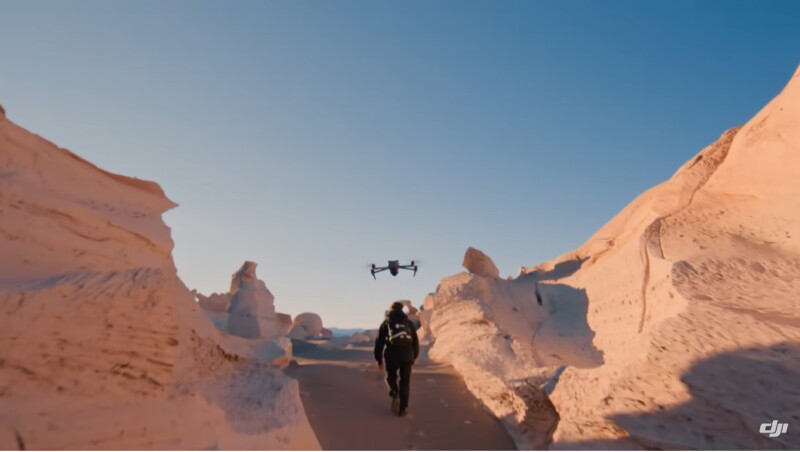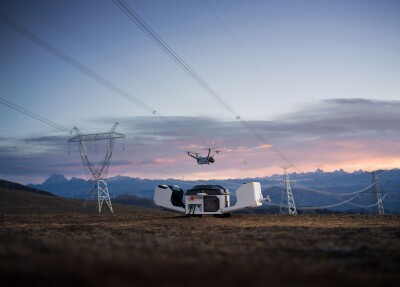The release of a new DJI drone is always widely anticipated, and the new DJI Air 3S drone is no exception. Even before the release date, bloggers were eager to share details about the features and capabilities of the drone.
The new DJI Air 3S, released last October, is a dual-camera drone for travel photography. It is an update of the DJI Air 3, named a ‘minor refresh’ online based on its sensor size in the main camera. It is described as a “well-rounded drone that balances portability with high-end features, making it suitable for a variety of professional and recreational applications”.
DJI’s next-gen smart obstacle avoidance
All reviews state that the new drone takes obstacle avoidance technology to a new level. The drone has a sophisticated multi-directional sensor system combining cameras and infrared sensors. The cameras are positioned on multiple sides of the drone, capturing images of the surroundings to help the drone detect obstacles in all directions.
Depth perception similar to the human eye is provided by the dual camera setup on each side of the drone. Additionally, downward-facing and visual infrared sensors maintain stable flight close to the ground, crucial for landing and low-altitude flying. Finally, intelligent flight modes use obstacle avoidance to ensure smooth and safe operation.
The first DJI drone to feature forward-facing lidar
The Air 3S features an omnidirectional vision sensing system that includes laser scanning. More precisely, the Air 3S is the first DJI drone to feature forward-facing lidar and also features a downward infrared time-of-flight (ToF) sensor and six vision sensors to achieve nightscape omnidirectional obstacle sensing. This feature enables the drone to automatically identify and circumvent obstacles during its flight and return paths, ensuring robust safety for nighttime photography.
The lidar capabilities are highlighted in an extensive online review of the new drone, which calls it DJI’s “most technically advanced drone” thanks to the inclusion of lidar. The reviewer took the drone out at night to test the lidar capabilities, flying it up around trees and next to buildings. The drone turned out to successfully detect and avoid all obstacles. But as the lidar only works in the forward direction, going backward or sideways at night is discouraged.






